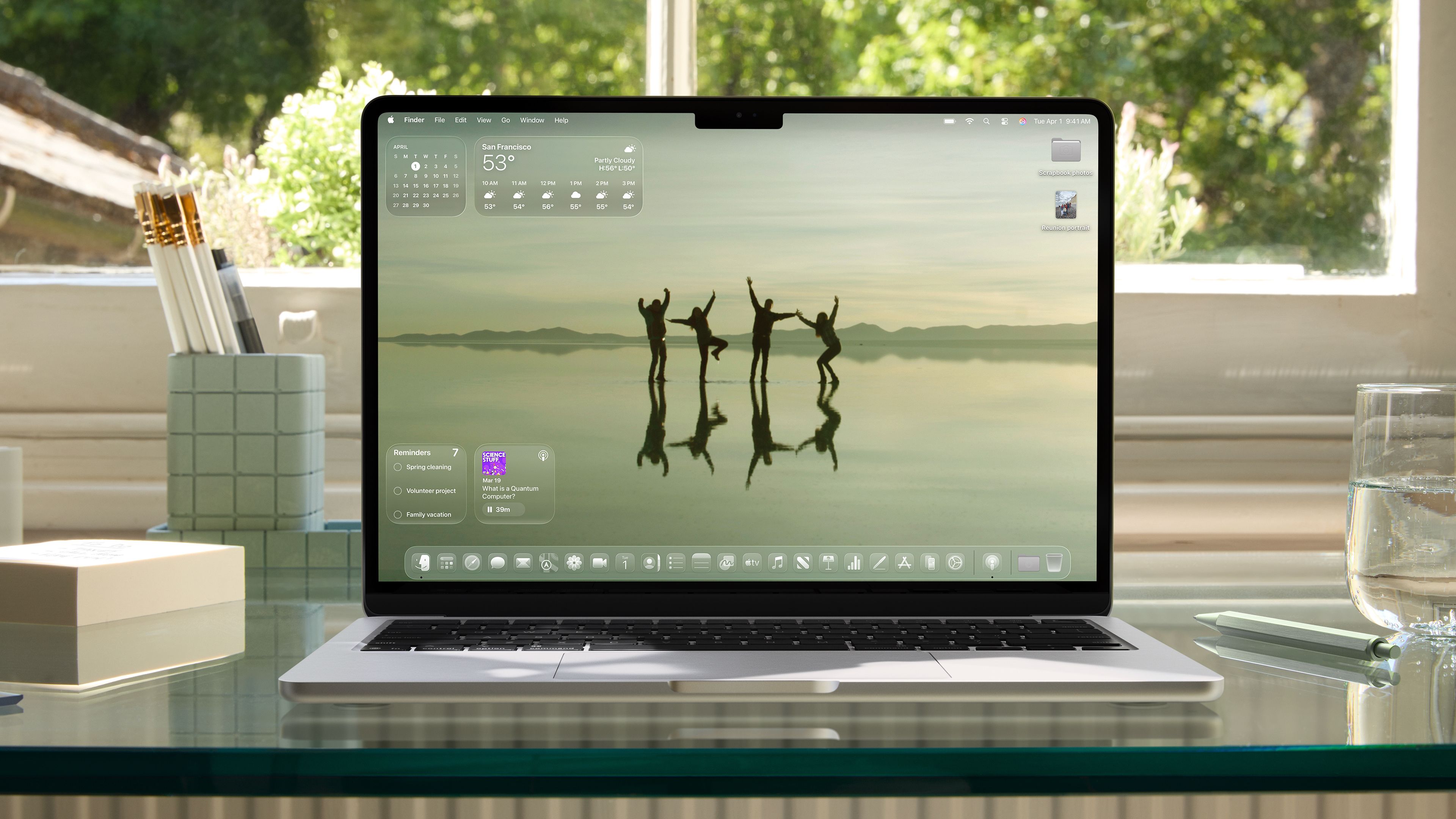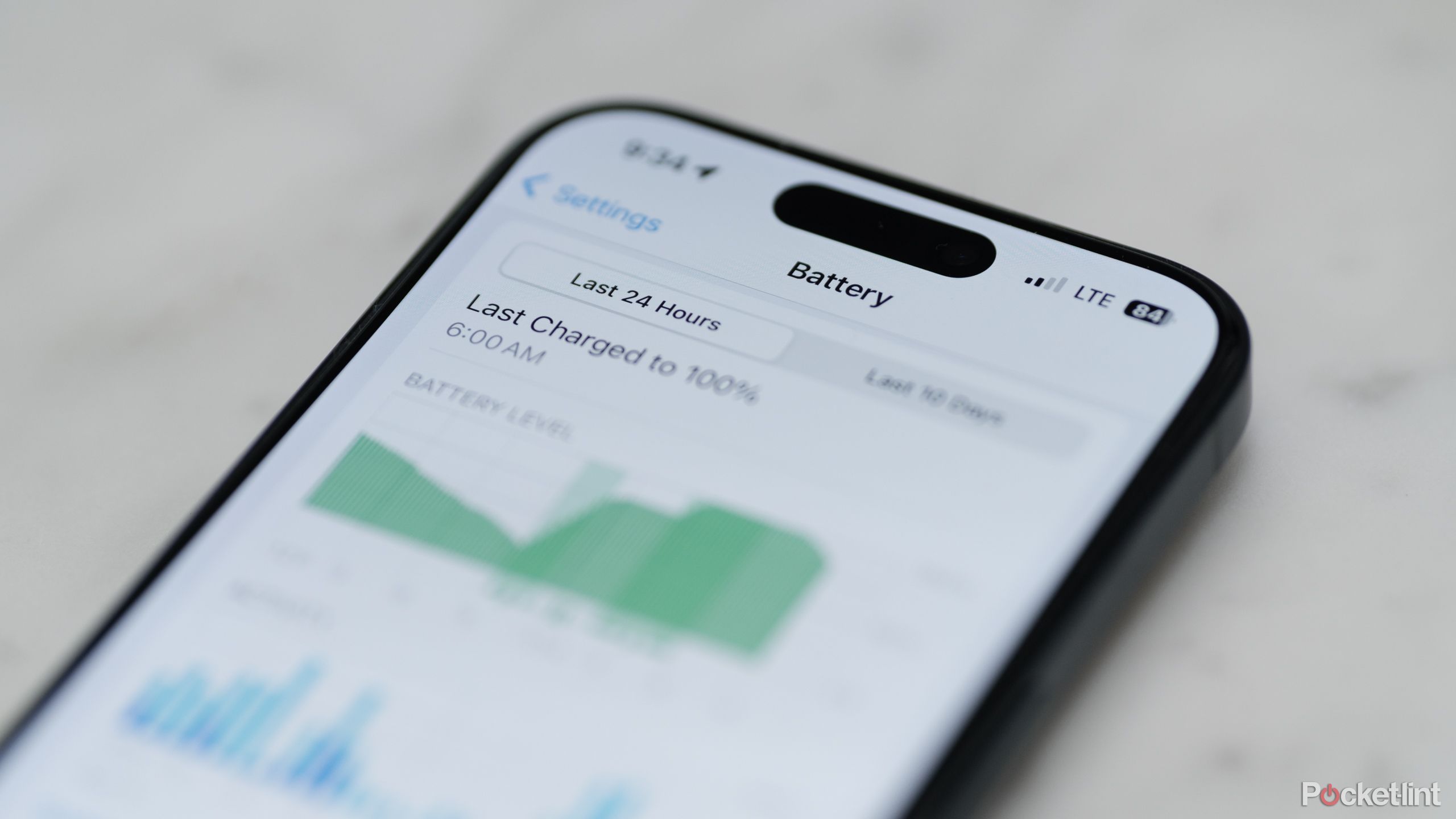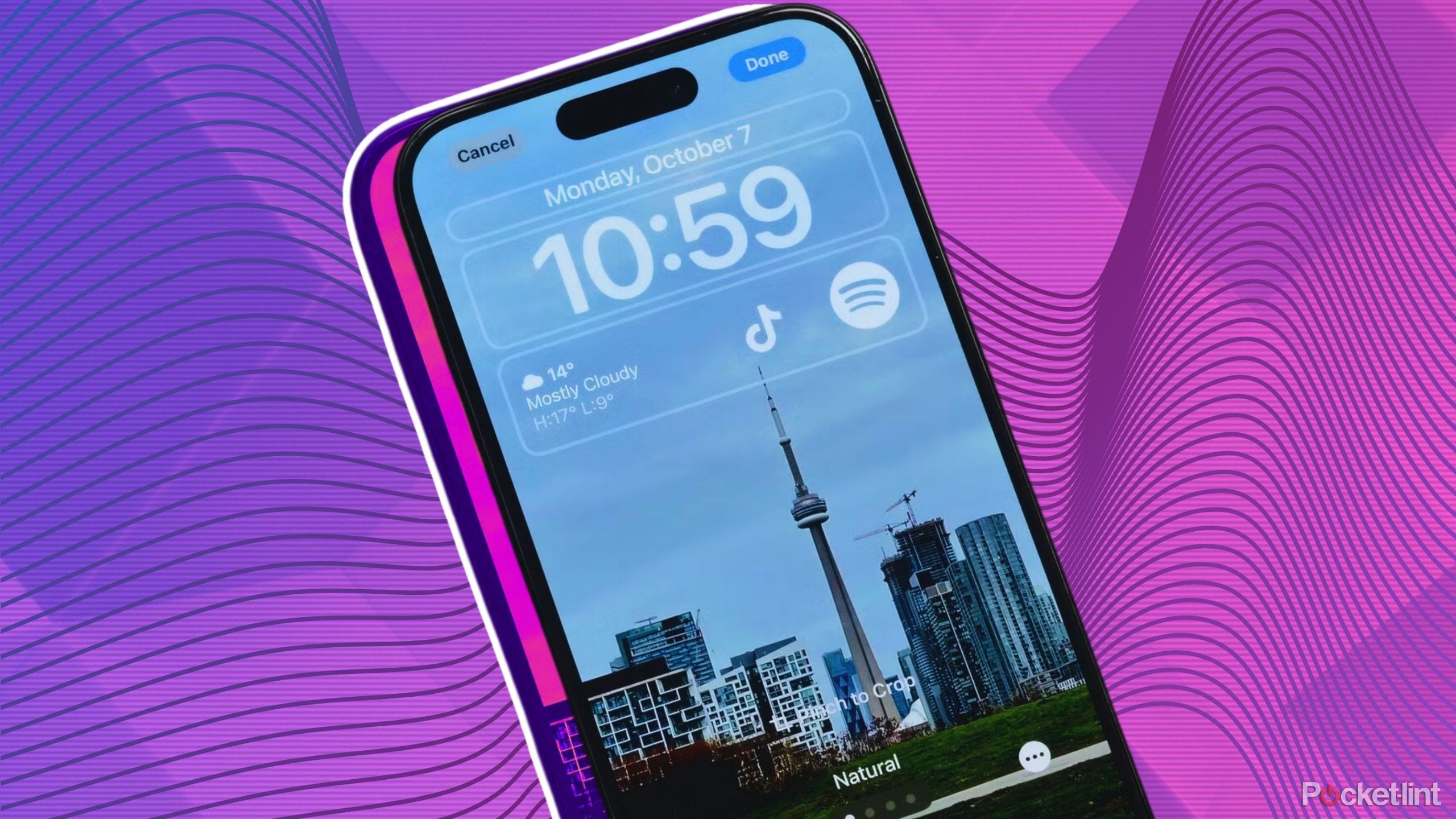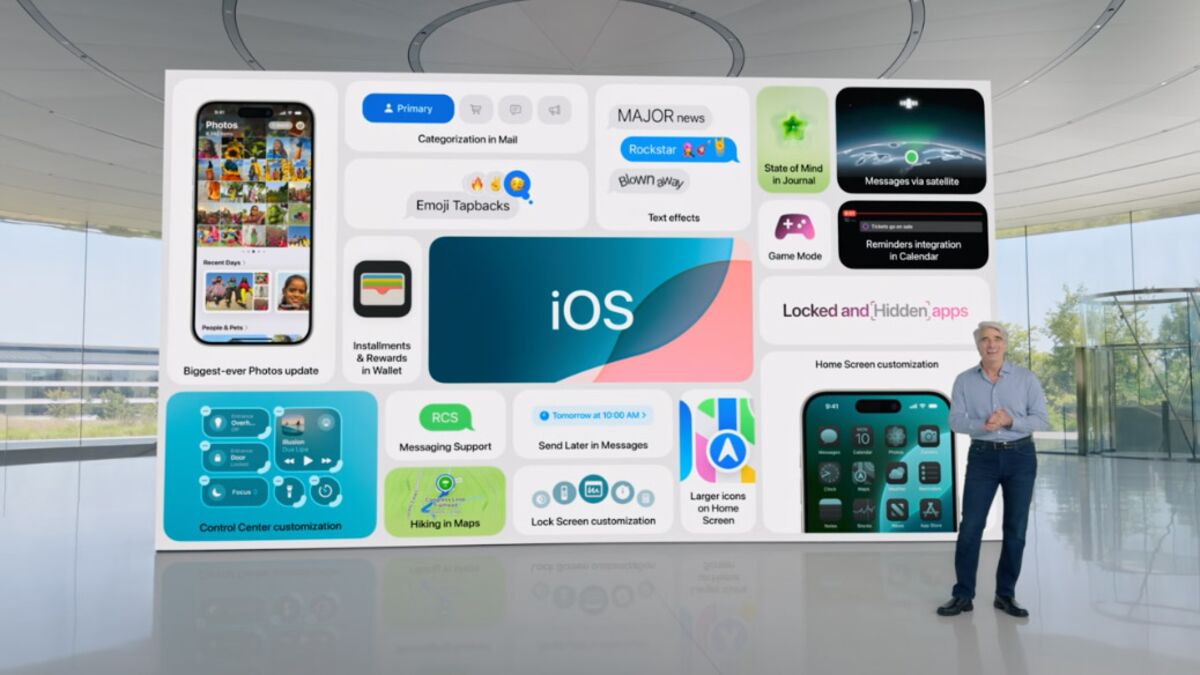Apple
Recent Articles
Sort Options:

Apple’s macOS 26 Tahoe shows where Windows has lost its way
Apple's macOS 26 Tahoe, unveiled at WWDC 2025, showcases a polished design and innovative features like enhanced Spotlight search and Live Activities. The update emphasizes user experience, suggesting Microsoft could benefit from adopting a more personal approach in its offerings.

Apple Introduces a Delightful and Elegant New Software Design
Apple has unveiled a stunning new software design featuring Liquid Glass, enhancing user experience across iOS, iPadOS, macOS, watchOS, and tvOS. This innovative material adapts dynamically, creating a harmonious and delightful interaction with apps and system features.

Apple goes glass whole as it pours new UI everywhere
Apple CEO Tim Cook kicked off the annual developer conference by highlighting a new racing film titled F1, alongside discussing visual changes and modest functional enhancements in upcoming products, sparking excitement among developers and fans alike.

Apple’s latest OS updates take a page from Windows Vista’s playbook
Apple unveiled its most significant design update at WWDC, refreshing iOS and macOS while maintaining their recognizable identities. This change promises to invigorate user experience, breaking the long-standing design monotony since the launch of iOS 7.

Apple Software Gets a Fresh Look with New Unified Design
Apple's comprehensive software redesign introduces a unified aesthetic called Liquid Glass, enhancing visual fluidity and user interaction across devices. This update prioritizes efficiency and adaptability, setting the stage for a more engaging and cohesive user experience.

Apple's new 'liquid glass' design is its biggest visual update in years
At WWDC, Apple unveiled a significant visual redesign for iOS, iPadOS, and macOS, inspired by the Vision Pro. The new liquid glass theme enhances consistency, featuring revamped icons, a dynamic home screen, and improved app interfaces, including updates to Phone and Camera apps.

Apple aims for “more personal and expressive” iOS 26 with new Liquid Glass design
At WWDC, Apple introduced iOS 26, featuring the innovative Liquid Glass design that enhances the visual appeal of app icons with softer edges and translucency. This design philosophy will also extend to macOS and other Apple operating systems.

Apple's AI battery management has me on the edge of my seat for iOS 26
Apple's 2025 Worldwide Developers Conference, set for June 9, is generating excitement with rumors of a year-based OS naming system and a significant visual overhaul, potentially transforming iPhones, iPads, and Macs to resemble the Vision Pro's design.

Apple teases OS redesign with new 'Sleek peek' splash page tagline
Apple is reportedly gearing up for a significant design overhaul across its platforms, inspired by visionOS, aiming for a cohesive user experience. Anticipation builds for WWDC 2025, where these updates may be unveiled across iOS, macOS, and Apple Watch.

Apple's MacOS Reveal at WWDC: What the New Tahoe Name Says About What's Coming
Apple's latest MacOS will carry on its tradition of nature-inspired names, reflecting the company's commitment to environmental themes. This update promises to enhance user experience while staying true to Apple's eco-friendly branding.

Apple might actually deliver my only ‘iOS 19’ feature request
Apple is set to unveil iOS 26 alongside macOS 26, visionOS, watchOS, and tvOS, signaling a significant leap in its software ecosystem. This bold move reflects the company's innovative approach to technology and user experience.

Apple might be about to borrow its OS naming scheme from Windows 95
Apple is set to rebrand its entire operating system portfolio, including iOS, iPadOS, macOS, tvOS, watchOS, and visionOS, according to a report by Bloomberg's Mark Gurman. This move could signal significant changes for its devices.

Apple to Rebrand Its Device Operating Systems to Mark Major Overhaul
Apple Inc. is set to implement a significant overhaul of its operating system names, marking the most extensive change to date across all its devices. This transformation aims to enhance user experience and streamline software integration.

WWDC 2025: Apple Introduces Solarium With Major OS Design Shift
Apple is set to unveil a major redesign of its operating systems at WWDC, introducing the Solarium interface for a unified look across devices. While focusing on design, the company faces pressure to enhance its AI capabilities amid rising competition.

Apple @ Work: The end of Windows 10 could give Apple a major boost in the enterprise
Apple's Mac shipments reached 5.5 million in Q1 2025, marking a 14.1% year-over-year growth, the highest among leading vendors. This increase boosts Apple's share of the global traditional PC market to 8.7%, up from 8% in Q1 2024.

Apple Is Developing Specialized Chips for Glasses, New Macs and AI Servers
Apple Inc.'s silicon design team is developing innovative chips for upcoming devices, including its inaugural smart glasses, enhanced Macs, and advanced artificial intelligence servers, signaling a significant leap in technology and product offerings.